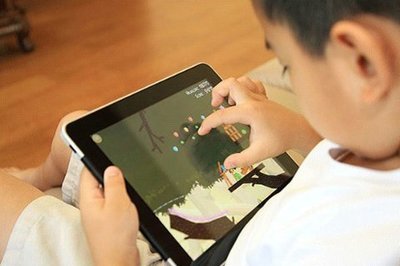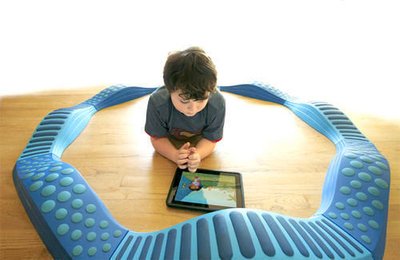In the digital age, the use of electronic devices has become an integral part of children’s lives. For families of children with autism spectrum disorder (ASD), how to manage screen time scientifically is not only an important challenge, but also a rare educational opportunity.
The American Academy of Pediatrics (AAP) notes that excessive and unsupervised screen time can lead to problems such as reduced social interaction and poor sleep quality. This is especially important for autistic children who already face social challenges. However, the study also found that screen activity with proper supervision and guidance can have a positive effect. The discovery that even 17-month-old infants can learn new vocabulary through video calls offers new insights into the language development of autistic children.

Based on the latest research, the American Academy of Pediatrics has also become more flexible in its recommendations for screen time. For children aged 2 to 5 years, it is recommended to limit screen time to less than 1 hour per day; infants and young children under 18 months old can make video calls. This advice opens up more possibilities for busy parents and distant families to interact with their children.
However, the quality of screen time is more important than quantity, and parents need to pay attention to the design and implementation of activities. For screen time to play a positive role, parents first need to establish a fixed use process. Repeated interaction patterns, such as fixed beginning and ending rituals, can help autistic children establish stable expectations and enhance learning effectiveness. In video calls, daily life scenes can be integrated, so that children can participate in the daily activities of their families through the screen, which not only maintains the naturalness of interaction, but also creates opportunities for language learning.

In practice, parents can design a variety of interactive activities. Playing peekaboo together through video, for example, promotes eye contact as well as memory and mimicry. When displaying new things, we can use the portability of mobile devices to lead children to “cloud tour” the surrounding environment, introduce various objects and scenes, and expand their vocabulary and cognitive scope. At the same time, planning common activities in advance, such as coloring, playing with toys or enjoying snacks together, can make remote interaction more substantial and participatory.
In order to ensure the effect of screen activities, parents need to participate in the whole process and give appropriate guidance. This includes maintaining an appropriate pace of interaction, giving adequate response time, and adjusting the difficulty of the activity in a timely manner. At the same time, we should also pay attention to environmental factors, such as maintaining appropriate lighting conditions, adjusting the appropriate screen brightness and viewing distance, and conducting regular visual examination. It is recommended to use a timer to manage the duration of use and set a rest reminder to avoid excessive fatigue.

In the long run, scientific management of screen time for autistic children requires the development of individualized strategies. Parents should regularly evaluate the effect of activities, observe their children’s reaction and progress, and adjust the plan in time when necessary. At the same time, we should keep in touch with professionals to understand the latest research findings and guidance suggestions. It is important to remember that screen activities are always auxiliary tools, and that real-world interaction and experience are fundamental to child development.
Through scientific and systematic management and planning, screen time can be an effective tool to support the development of autistic children. The key lies in the active participation of parents, professional guidance and continuous optimization. In the digital age, we should not only make good use of the convenience brought by science and technology, but also be alert to its potential risks, so as to create a more favorable growth environment for children.